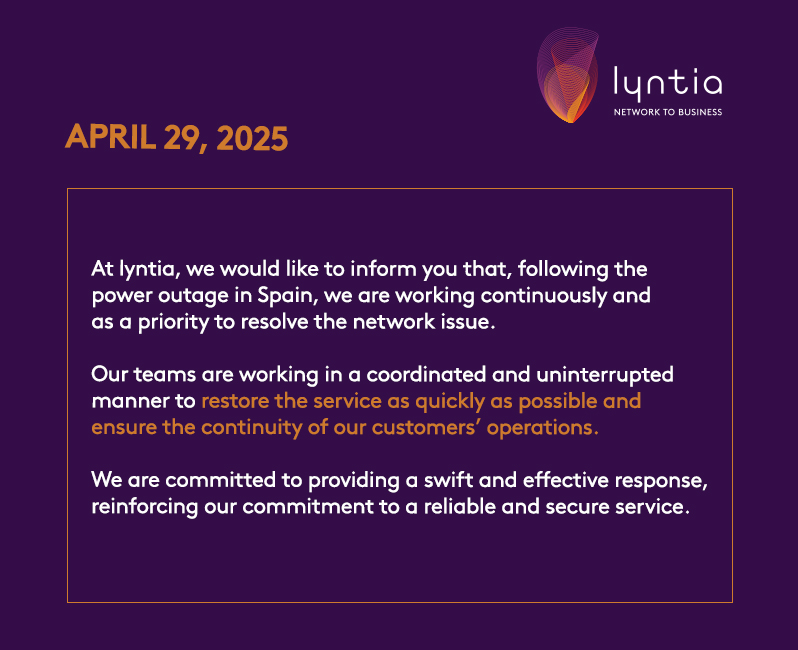
05 May The smart, electric and sustainable car: ready for Spanish roads?
Electric cars are the future and their implementation is unstoppable. There’s still much debate, among both users and specialists, about their efficiency compared to fossil fuel combustion engines. However, the European Union proposes a ban on the sale and manufacture of those vehicles by 2035. The next step is the shift towards smart cars, which rely on a 5G connection to improve the driving experience and safety. But what’s the roadmap? And are we nearly there yet?
Before smart cars, infrastructure is needed for electric cars
The percentage of drivers who use an electric car in Spain is still far from a significant figure. This is despite the fact the country was ranked among the leaders in electric car sales, with an increase of 50.2% at the start of the year, representing a total of 6,249 units. But for the rollout to be considered widespread, charging point infrastructure needs to be improved.
To meet the EU target – 30 million zero-emission vehicles by 2030 – it’s vital that cars can travel long distances. For that, we need to have electric charging points every 60km by 2026, a challenge faced by every member state. Spain still has a long way to go. There are currently 16,000 charging points in the country – every 100km – and, of these, only 0.8% are ultra-fast offering more than 150kW of power, according to data from ANFAC, which brings together the main industry stakeholders.
The role of energy companies
Given the amount of development involved in these ambitious goals, a collaborative effort is needed, both from the public and private sectors. In fact, the main companies in the energy sector have already entered the “electric race”. Cepsa has announced that it plans to install an ultra-fast charging point every 200km on Spain’s main roads by 2025, while Iberdrola is talking about 150,000 and Naturgy has plans for a network of over 1,100 fast and semi-fast charge points.
5G connections waiting in the wings to deploy smart cars
Fortunately, the road ahead in terms of connected car infrastructure isn’t all that long, nor does it require another industrial revolution. In fact, you could say that 5G is somewhat ahead of the curve, given its deployment rate is much higher, although it has been in use for longer. Phone and telecommunications operators claim that coverage in Spain currently exceeds 80%. However, maximum 5G connection speeds aren’t being used equally throughout the country, but only in areas with access to the 3.5GHz band, which wasn’t rearranged for use by all operators until February 2022.
5G can now deliver its true speed potential
Use of this part of the spectrum will allow connection speeds of 1.5Gbps, which makes 5G the perfect ally for electric cars and their “mutation” into smart cars. As has already happened with the connectivity of other devices, the combination of electrical power with wireless vehicle communication – with satellites, other cars, traffic or weather stations, and even with the roads themselves – could mean a brutal paradigm shift in our understanding of sustainable and efficient mobility.
Given all the above, we can confidently say that the connectivity infrastructure is practically ready so that, by 2030, we’ll be talking about full 5G coverage. But the electric infrastructure still needs to be fully employed. The dates set out by the European Union and the Spanish Government may be too ambitious, but we’ll have to keep a close eye on the rollout of the electric network on our roads over the next five years to find out.


